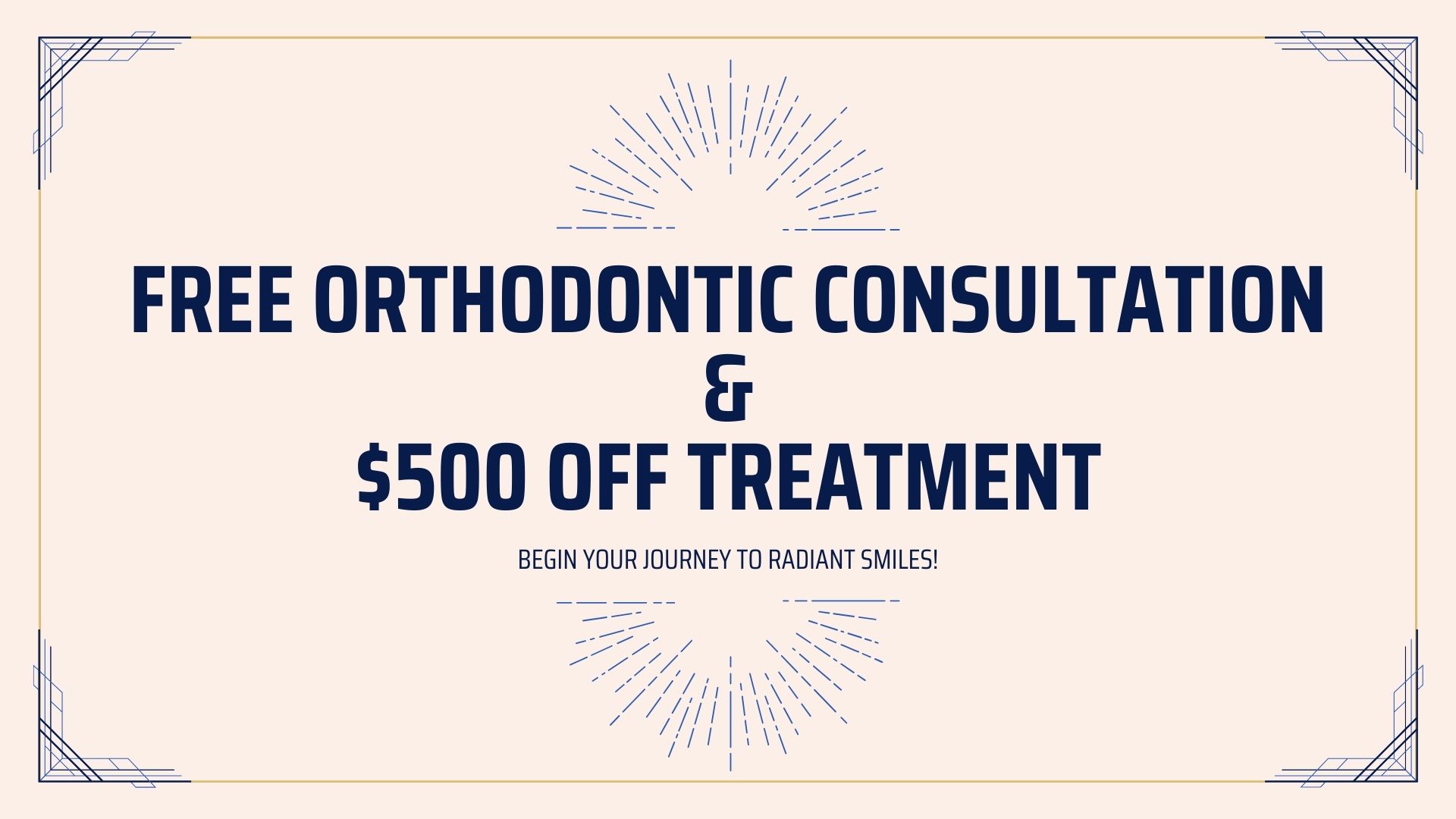Having crooked teeth, an overbite, or other misalignments of the jaw can give one a sense of self-consciousness. With the variety of treatment options available, the subject of orthodontics has experienced a modern renaissance. From traditional metal braces to clear, invisible alternatives like Invisalign, advancements in orthodontics have made it easier to correct misaligned teeth.
Let’s explore the evolution of orthodontics and the treatments available today.
The Beginning of Orthodontics
The first references to orthodontic treatments date back to ancient Egypt. According to findings, people attempted to correct misaligned teeth using the earliest forms of dental devices. The earliest dental devices were made of materials such as cord, wood, and animal intestines and were used to straighten teeth by placing tension upon the teeth and moving them into alignment.
Modern orthodontics began to develop in the 18th century with the discovery of metal appliance options. Metal bands with a spring-loaded appliance were used for the first time to correct tooth misalignment.
Orthodontic Treatments in the 20th Century
Advancements in the field of orthodontics continued into the 20th century. In 1880, the first braces were developed – metal brackets were bonded to the teeth with dental cement. Modern metal bracket and elastic band systems were developed during the 1970s and 1980s, which revolutionized orthodontic treatments.
The technology of orthodontics saw a major advancement with the introduction of ceramic braces in the 1990s. These braces are made of non-metal materials that are less visible on the teeth. Ceramic braces offer both aesthetic and practical advantages over metal brackets.
The Invention of Invisalign
The biggest technological revolution in orthodontics took place with the invention of Invisalign. Invisalign is a clear aligner system that has become increasingly popular since its introduction in the 1990s.
Invisalign works by creating a custom-made, clear aligner that fits over the teeth. The aligners work to move the teeth into the desired position. They are worn for a number of weeks before being replaced with a new one. Over time, Invisalign repositions the teeth to create a straighter smile.
Advantages and Disadvantages of Orthodontic Treatments
Each type of orthodontic treatment has its own advantages and disadvantages.
Traditional metal braces remain popular because of their effectiveness in correcting misaligned teeth. Braces provide faster results, meaning the treatment is completed quicker than with Invisalign. Metal braces are also less expensive than ceramic braces and Invisalign. However, they are noticeable and can cause discomfort.
Ceramic braces are another alternative to metal braces. They are less visible on the teeth due to the clear material used. Ceramic braces are not as durable as metal braces and are more expensive. They are also prone to staining if proper cleaning is not maintained.
Invisalign provides the least noticeable treatment option. They are clear and are removed when eating and drinking. Invisalign aligners are more expensive than both metal and ceramic braces and are not as fast at correcting misaligned teeth. They do require special equipment to clean and should be worn for at least 22 hours a day to be fully effective.
In Conclusion
Orthodontics has come a long way since ancient Egypt. Modern advancements in orthodontic treatments offer a wide variety of options for correcting misaligned teeth. Traditional metal braces continue to remain popular for their effectiveness, but clear alternatives like ceramic braces and Invisalign offer less visible and often more comfortable treatment options. With these advancements, more people can achieve a straighter smile than ever before.

